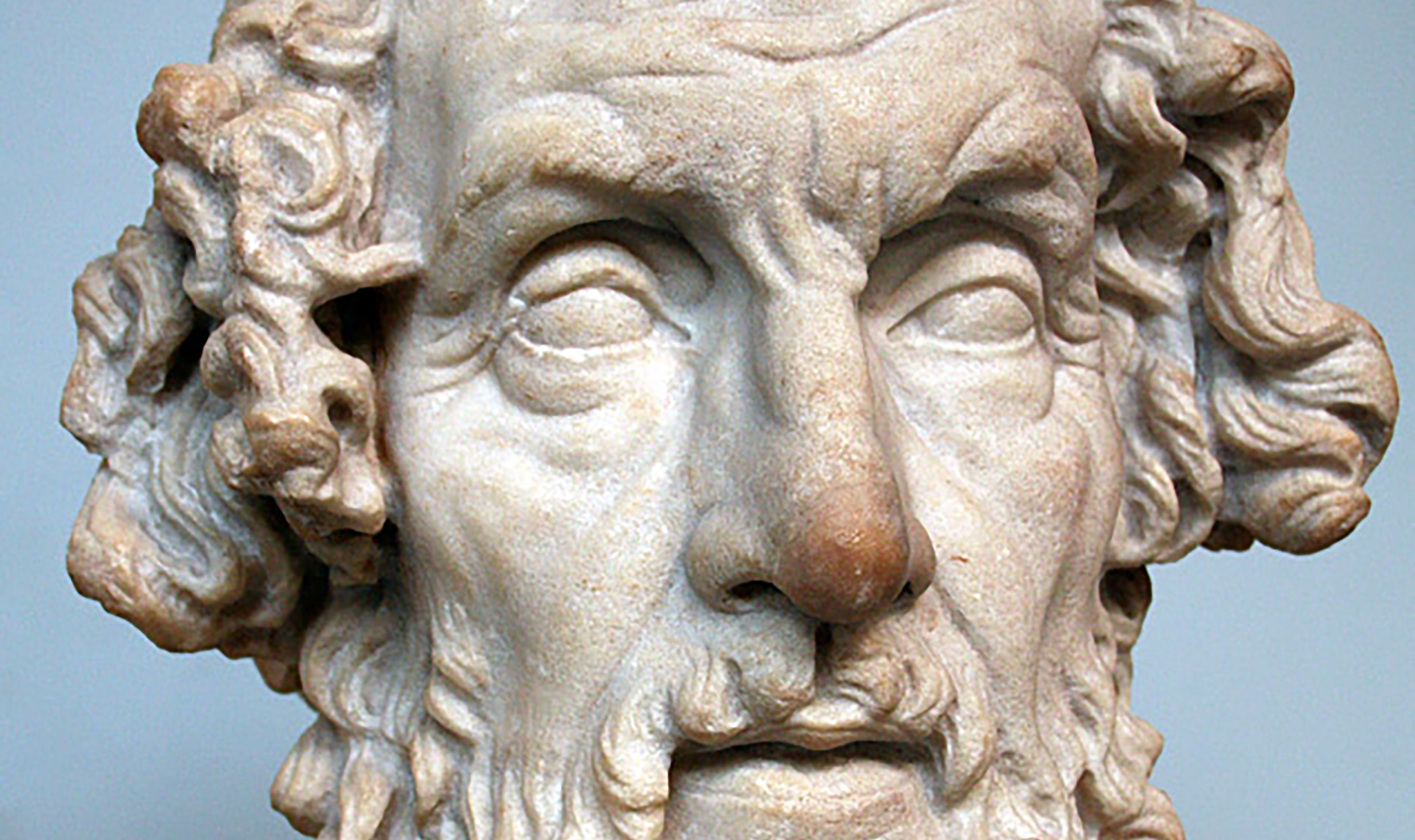In E. D. Hirsch’s best-selling book Cultural Literacy, he cites a Washington Post article titled “The Cheerful Ignorance of the Young in L.A.” in which the author says:
I have not yet found one single student in Los Angeles, in either college or high school, who could tell me the years when WWII was fought. . . . Nor have I found one who knew when the American Civil War was fought. . . .
Only two could even approximately identify Thomas Jefferson. Only one could place the date of the Declaration of Independence. None could name even one of the first ten amendments to the Constitution or connect them with the Bill of Rights. . . .1
A typical study by the National Assessment of Educational Progress (NAEP) concludes that the average eleventh-grade student is an incompetent writer. To evaluate their writing ability, testers asked high school juniors to write a paragraph based on notes they were given about a haunted house. The performance of half the students was judged to be either “unsatisfactory” or “minimal.” The following is a “minimal” response: “The house with no windows. This is a house with dead-end hallways, 36 rooms and stairs leading to the cieling [sic]. Doorways go nowhere and all this to confuse ghosts.”2 That is the student’s complete, word-for-word response—and represents the performance of nearly half of all eleventh graders. Most of the other half were evaluated as writing “adequate” paragraphs. Just 2 percent wrote something that was judged to be “elaborate,” a step up from “adequate.”
In Dumbing Down Our Kids, Charles Sykes tells a chilling story about a straight-A student in the eighth grade named Andrea, who was very eager to learn science. Unfortunately for Andrea, her school, like most today, stressed the importance of “creativity” over “dreary” facts, and of “hands-on,” “active” learning over “dull,” didactic instruction. This bright young girl with a thirst for scientific knowledge spent her time in science class picking up cereal with a tongue depressor (to simulate the way birds feed), hunting for paper moths on a wall, and drawing pictures of scientists. When Andrea wrote a letter complaining that she had gotten nothing out of the class, she was expelled for being rude and disrespectful.3
You have probably read stories like these and been horrified both by how shamefully ignorant, inarticulate, and illiterate many American students are, and, even worse, by what schools do to students like Andrea. I wish I could dismiss such stories as rare incidents circulated among cynical critics of American schools to give poignancy to their arguments. Unfortunately, my experience interviewing and teaching students at my school has shown me otherwise. . . .
You might also like
Endnotes
1 E. D. Hirsch, Cultural Literacy (New York: Random House, 1988), pp. 6–7.
2 Associated Press, “Student writing samples show lack of skill,” April 25, 2003. http://www.cnn.com/2003/EDUCATION/04/25/writing.samples.ap/.
3 Charles J. Sykes, Dumbing Down Our Kids: Why American Children Feel Good About Themselves But Can’t Read, Write, or Add (New York: St. Martin’s Press, 1995), pp. 5–7.
[groups_can capability="access_html"]
4 The Emile of Jean-Jacques Rousseau, translated by William Boyd (New York: Columbia University Press, 1965), p. 51.
5 For a refutation of Kant’s central argument, see “Consciousness and Identity,” chapter 8 of Ayn Rand’s Introduction to Objectivist Epistemology.
6 G. Stanley Hall, “The Ideal School as Based on Child Study,” National Education Association Journal of Addresses and Proceedings, 1901 (Washington, DC, 1901), pp. 475–82.
7 John Dewey, School of Tomorrow (New York: Dutton, 1915), p. 2.
8 http://www.foundationsacademy.org/about.htm.
9 http://www.gbt.org/text/sayers.html.
10 Ibid.
11 http://www.foundationsacademy.org/about.htm.
12 Mortimer J. Adler, The Paideia Proposal (New York: Simon and Schuster, 1982).
13 Ibid., p. 24.
14 Hirsch, Cultural Literacy, p. xiii.
15 William J. Bennett, The Educated Child: A Parent’s Guide From Preschool Through Eighth Grade (New York: Free Press, 2000), p. 11.
16 Lisa VanDamme, “The Hierarchy of Knowledge: The Most Neglected Issue in Education,” The Objective Standard, Spring 2006, p. 59.
17 http://www.coreknowledge.org/CK/about/index.htm.
18 Hirsch, Cultural Literacy, p. xvii.
19 William J. Bennett, The Educated Child: A Parent’s Guide From Preschool Through Eighth Grade (New York, NY: Free Press, 2000), p. 191.
20 Lisa VanDamme, “Teaching Values in the Classroom,” The Objective Standard, Summer 2006, pp. 63, 74–75.
21 Robert Hutchins, Great Books: The Foundation of a Liberal Education (New York: Simon and Schuster, 1954), p. 17.
22 Adler, Paideia Proposal, p. 9.
23 Jessie Wise and Susan Wise Bauer, The Well-Trained Mind, Revised Edition (New York: W. W. Norton & Company, 2004), p. 23.
24 http://www.foundationsacademy.org/about.htm.
25 http://www.gbt.org/text/sayers.html.
26 Ibid.
27 http://www.foundationsacademy.org/about.htm.
28 Online conference at http://www2.homeschoolchristian.com/ChristianEd/Wilson.html.
29 Douglas Wilson, The Case for Classical Christian Education (Wheaton: Crossway Books, 2002), p. 38.
30 http://www.foundationsacademy.org/about.htm.
31 Douglas Wilson, “The Biblical Antithesis in Education,” http://www.reformed.org/webfiles/antithesis/index.html?mainframe=/webfiles/antithesis/v1n6/ant_v1n6_education.html.
32 http://www.gbt.org/text/sayers.html.
33 http://www.welltrainedmind.com/neutral.php.
34 http://www.classical-homeschooling.org/curriculum/history-grammar.html.
35 http://www.cbn.com/CBNnews/usnews/060309a.aspx.
36 Douglas Wilson, Wes Callihan, and Douglas Jones, “Classical Education and the Homeschool,” pamphlet, p. 40.
37 Ibid., p. 19.
38 Ibid.
39 http://www.welltrainedmind.com/neutral.php.
40 http://www.welltrainedmind.com/neutral.php.
41 Robert Godfrey, “The TV Church,” http://www.evangelical-library.org.uk/articles/the_tv_church.doc.
42 Jesus Camp (86 min.), directed by Heidi Ewing and Rachel Grady (Magnolia Pictures, 2006).
[/groups_can]














